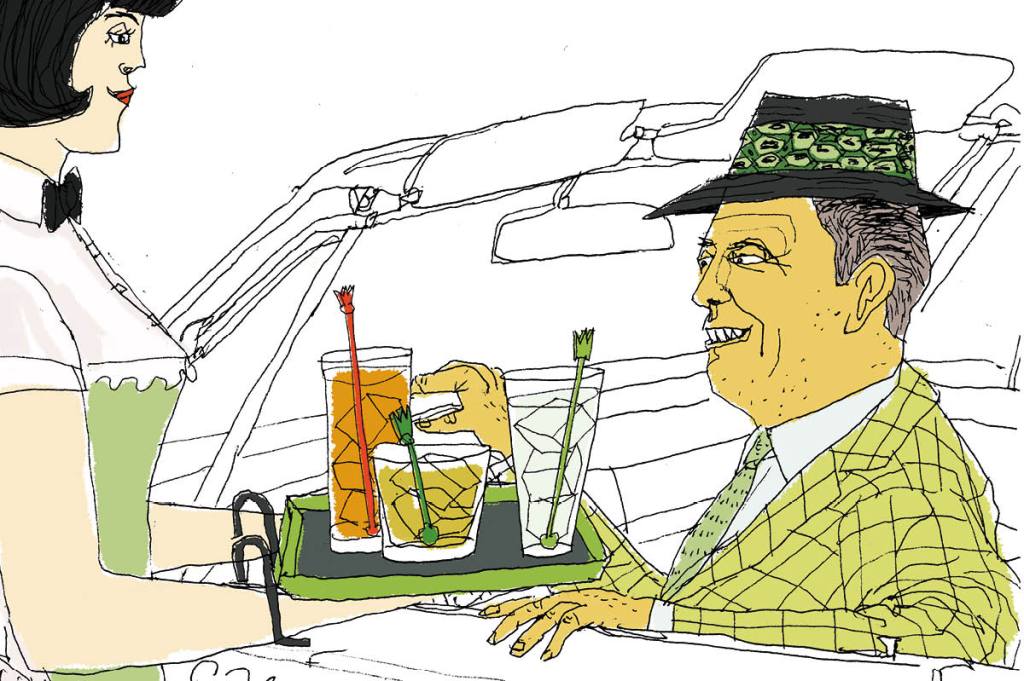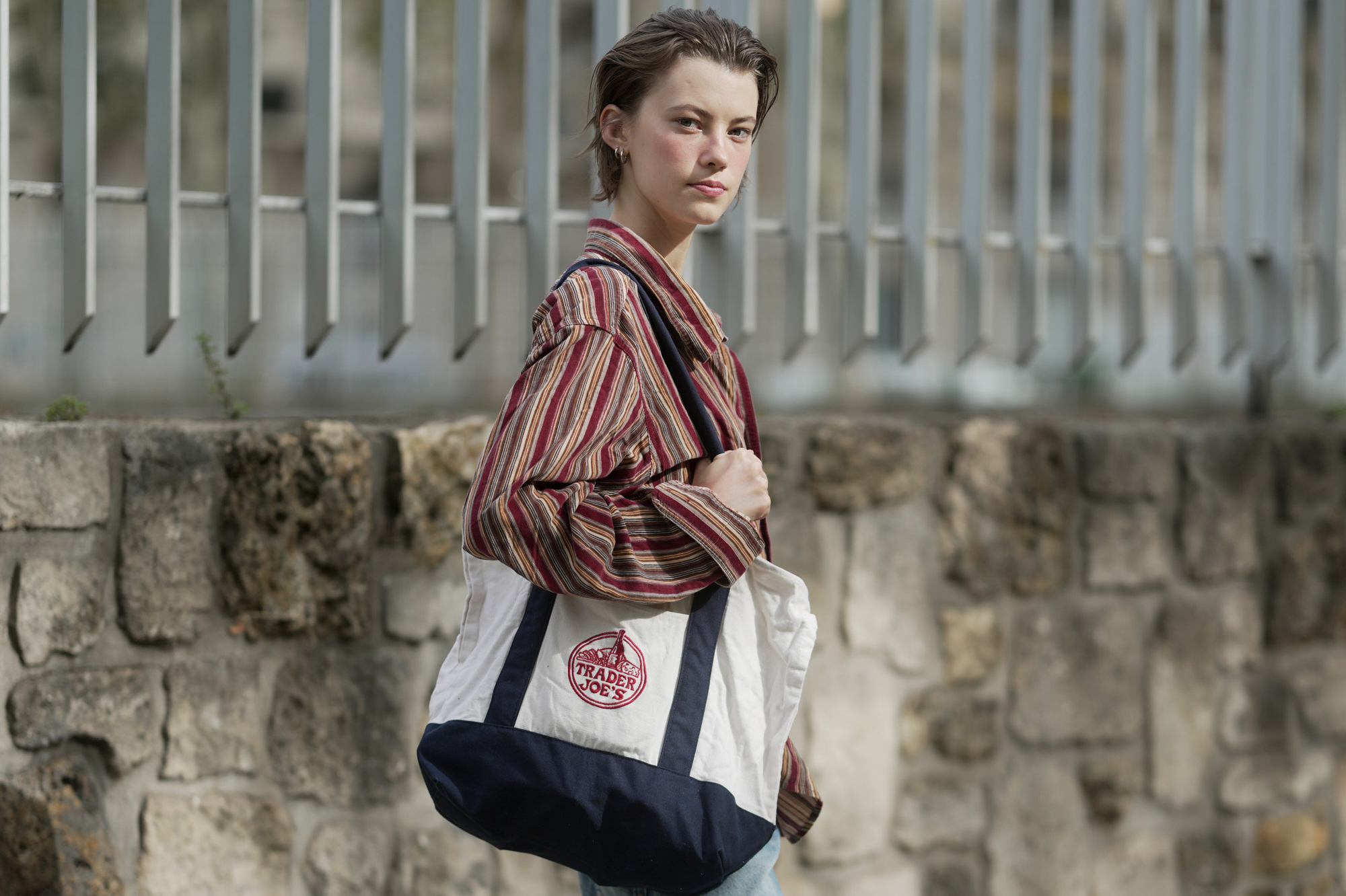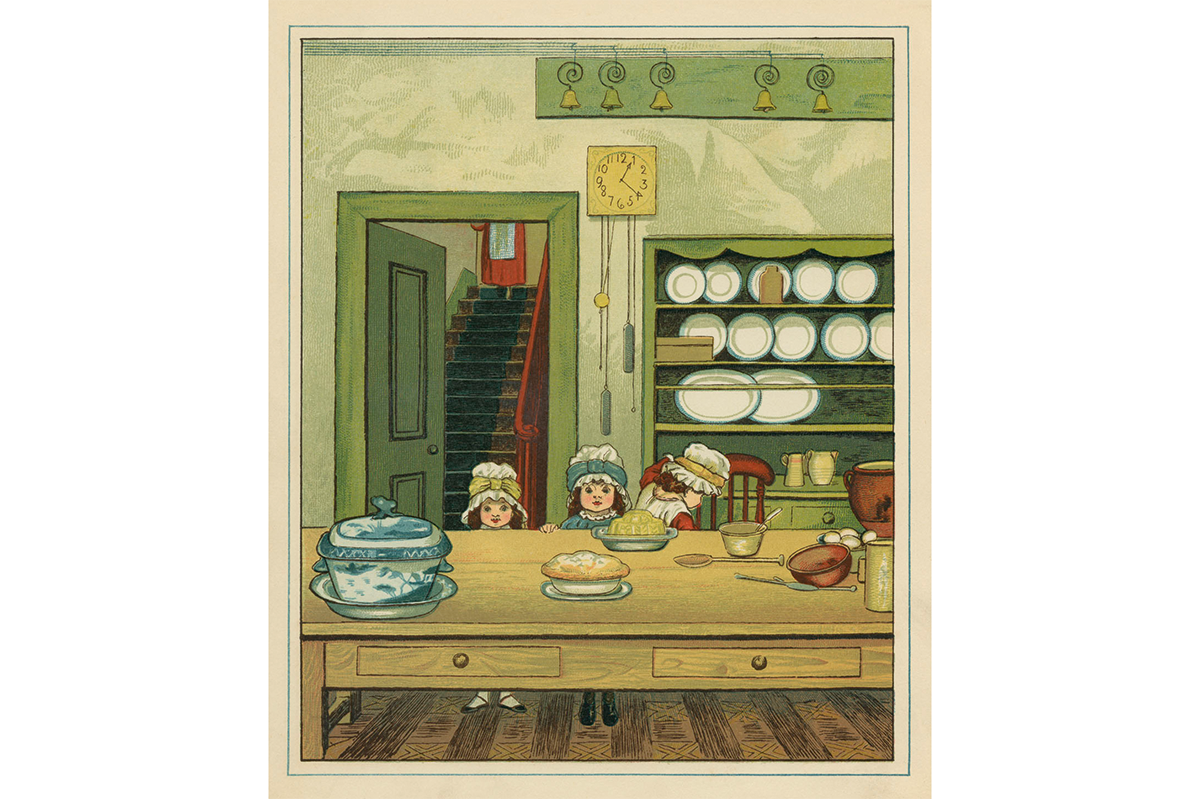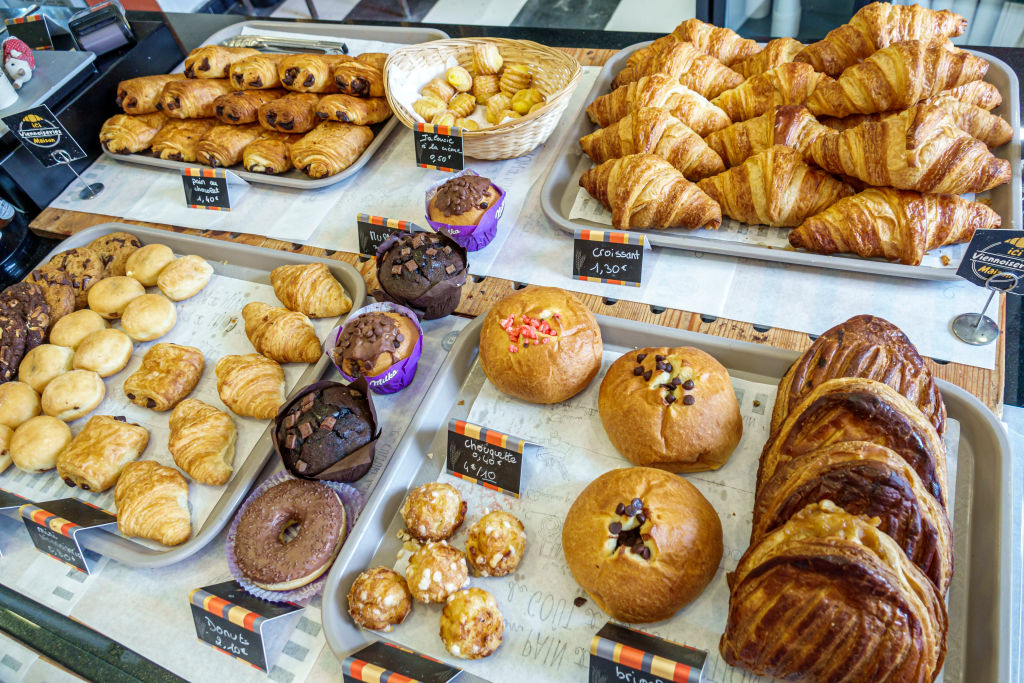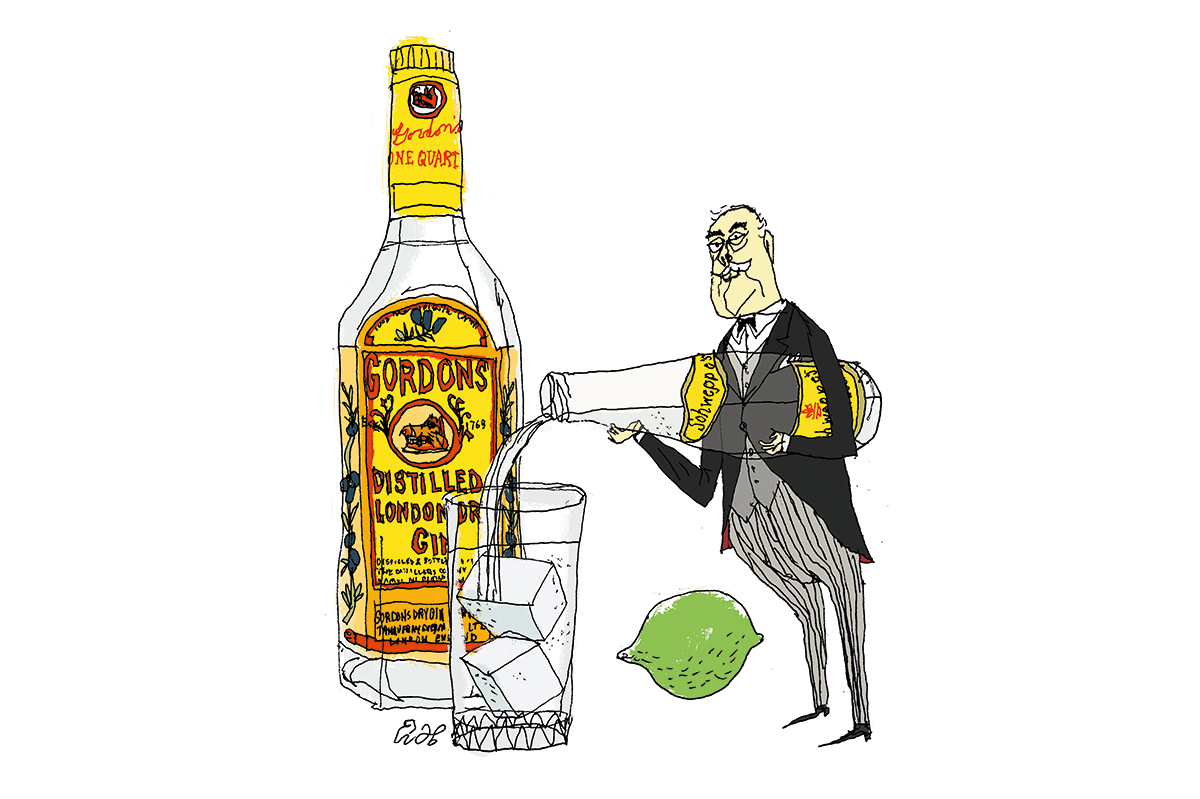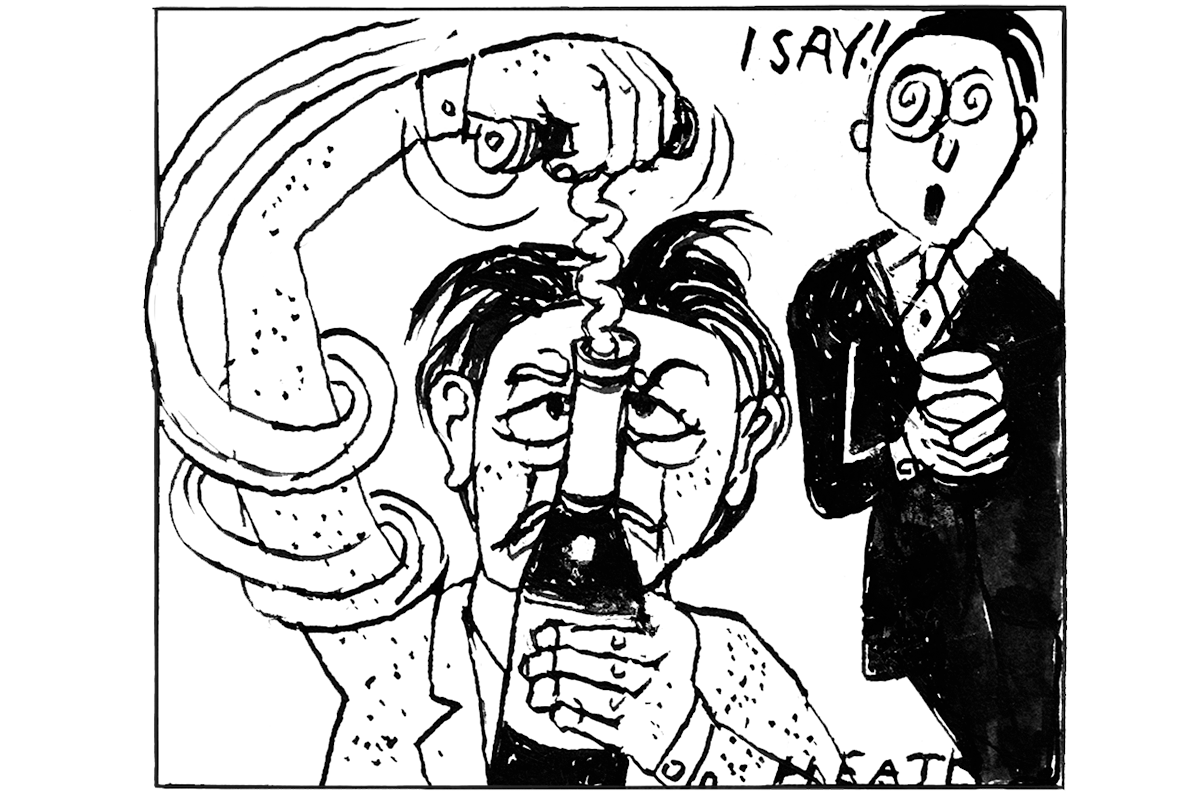We live in the age of takeaway-everything, a phenomenon amplified since the late, great plague by another barbarism: the drive-thru. You need no longer even get off your derrière to collect the goods. Just lower the power window, flash your phone, then “grab-and-go.” That this is a powerful cultural proposition the conga-line of cars filling multiple lanes at your local Chick-fil-A, where they have it down to a science, will attest. I recall my first innocent meeting with drive-thru, then called drive-in, in 1959 when a bank in the small town where my family lived cut a hole in the wall and installed the requisite sliding drawer. Things have clearly gotten out of hand since.
Not all takeaway is created equal. As food categories go, I have never thought that take-out Chinese — the cuisine most widely, after pizza, taken away — takes-out very well at all, viz. boxes of gummy rice, limp eggrolls, explosive plastic packs of soy sauce, hot mustard and so forth, a fridgeful of malodorous leftovers. Nor is all “takeaway” food: Business jargon so overworks the term that it means everything and nothing much at all, except as an expression of weariness after a long meeting when some bored soul asks, “So what’s the takeaway here?” Usually not much. Consider a different sort of takeaway designed for another purpose altogether: as a keepsake and remembrance. Whereas everyone wants to forget that dreary meeting as quickly as possible (and the aging beef broccoli), the swizzle stick begs to be taken-away and kept. If you are of a certain age, you may have one or two, or a dozen or more, at home, the takeaways of drinks and dinners long past but seldom forgotten. If you are not of a certain age, you are at a disadvantage, since the swizzle stick, like other tokens of less-hurried times like matchbook covers, grows harder and harder to find. The existence of a collectors’ association devoted to the preservation of “vintage” examples confirms that the swizzle stick is a past-tense sort of thing slipping fast from memory. This is reason enough for a small, sad salute.
Prewar versions often as not were wood or glass, the latter adding a complementary auditory element to your drinking experience as it clinked merrily against the side of your glass. Postwar, with the rise of injection-molded plastics, the clinking became clicking, but designs proliferated into a popular artform of endless shapes and colors. My collection of a few dozen examples came about at random, in person, on the spot. Roughly sorted by type of establishment, they carry me back through a lifetime’s wayfaring. They prick the memory of place as did the ink stamps on old-fashioned passports, before the EU and globalism ironed everything out with those silly in-out airplane images and two-letter country abbreviations.
Their finest hour came in the 1950s and 1960s. Trains, ships, planes — Great Northern, Southern, American Export, Holland America, TWA, BOAC, even, as it was then, lowly Loftleiðer (Icelandic Airlines) — all made free with their own customized offerings. So did classy restaurants and watering holes — Harvey’s near the White House, the Empire Room at the Palmer House, Keen’s English Chop House in Manhattan, The Krebs in the Finger Lakes, the Prince of Wales in Niagara-on-the-Lake. So did private clubs — the Union League in New York, the University in Chicago, the Alta (named for the great silver mine) in Salt Lake. So did hotels, back when “hotel service” meant a proper dining room and bar on the premises — the Hotel DuPont, the Algonquin, the Carlisle, the Brown Palace, the Royal York. And for the upper crust there were the resorts: the Del Coronado, the Tides Inn, the Greenbrier, where extended stays enhanced collecting. Though never a patron, I am told that the casinos of Las Vegas plied punters with an embarrassment of riches in this department.
“Swizzle” as noun, verb or adjective is one of those words of obscure origin and fairly free-range meanings. To some it is a dance step and style. It once referred to stirring a saucer of Champagne to reduce pesky carbonation. Cooks will swizzle butter into a sauce: stir, but with a certain flair. As modifier to “stick” swizzle is onomatopoeic, suggesting a certain lightness or easiness of manner.
You can today, with a click, purchase collections of vintage swizzle sticks, which I do not recommend. The images alone will give you a headache. Jumbled together on your screen, they look a mess of cheap plastic stuff, which they are. The effect is rather like those starter-packets of worthless stamps advertised years ago in the likes of Boys’ Life, tempting you, for seventy-five cents or so, into the glories of stamp collecting. If, on the other hand, only a few select swizzles have come your way, not as furnishings for a hobby but as signifiers from a life, then you are in different territory entirely. I can tell you, decades after, with whom I shared that day’s-end refresher at the Grand Hotel on Mackinac Island, the Monteleone’s Carousel Bar in New Orleans, the Palms in New York and Chicago whose swizzles were molded, naturally, like a palm tree. Especially sharp are memories of the cocktail en route, in the Colorado Room on the Denver Zephyr or the Chart Room on the Queen Mary. Or if I was alone, which was often, I can tell you the business purpose of my journey and what work was done that day.
Alone or in company, a good swizzle stick encourages deliberateness; it can slow you down and give you time to think. In romantic company at that little cocktail table for two, it gives you something delicate yet solid (two cheers for molded plastic) with which to swirl your ice as you look alternately into your glass and into her eyes in anticipation of next lines and moves. Caveat: do not try this with the abominable “stir-straws” that today attempt to stand-in for real swizzles and violate the natural order of things. They will be trashed before the next customer sits down. The swizzle slips easily into your jacket pocket, thence to that place wherever things are kept worth remembering.
It saddens me to report that, yes, even on the Queen Mary swizzles seem fewer than a few years back. But when you can find one, you will have come upon a keepsake of simplicity and good taste: a six-inch clear plastic shaft rounded at the bottom and topped with a disc emblazoned in gold with the Cunard crest: a rampant lion holding the globe between his forepaws and surmounted by a crown. “Grrr!” it seems to say, to any stir-straws that dare come near.
This article is taken from The Spectator’s June 2023 World edition.



